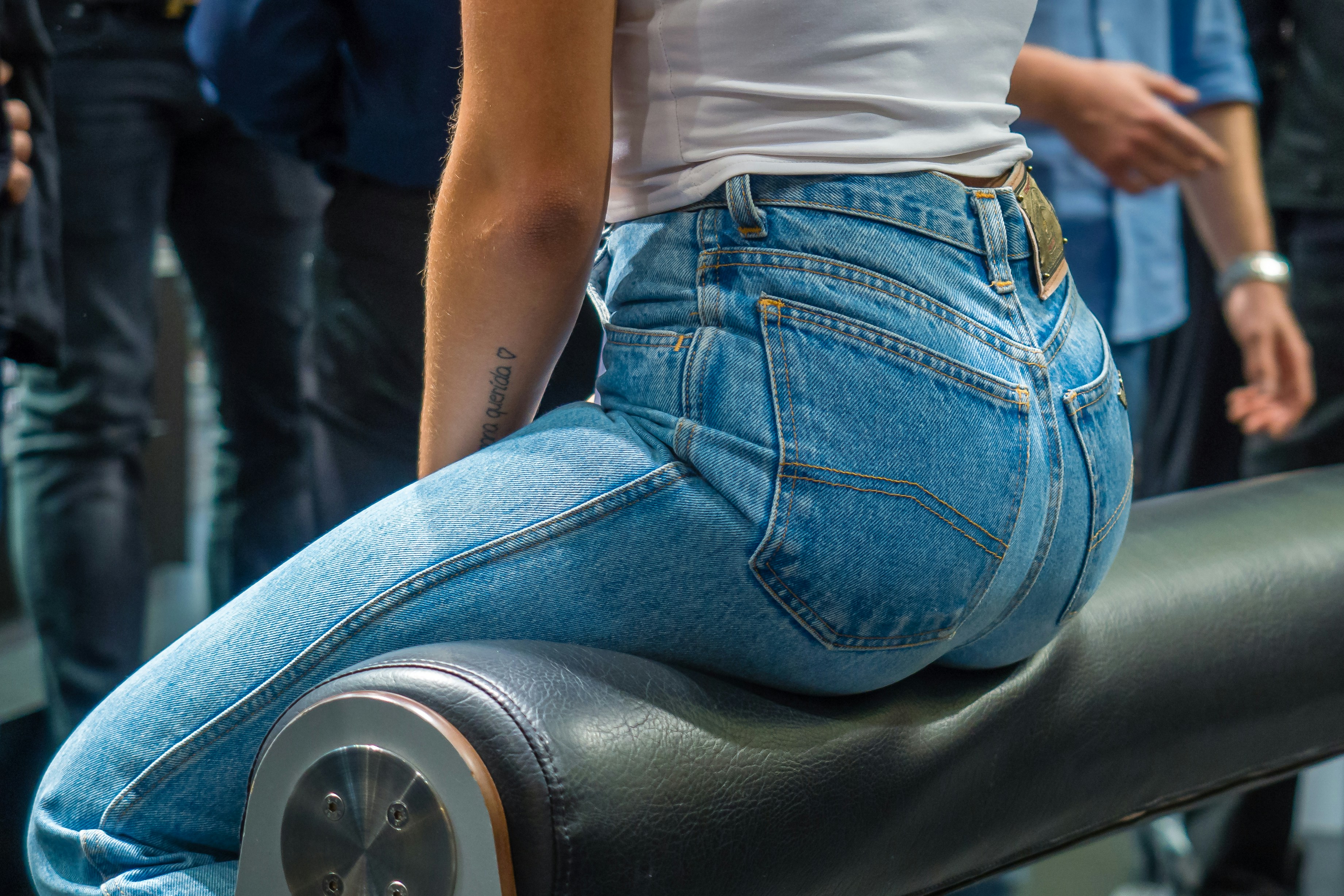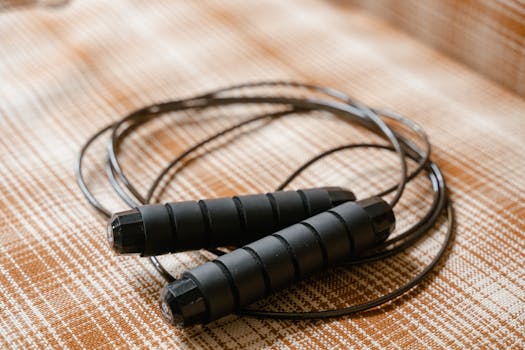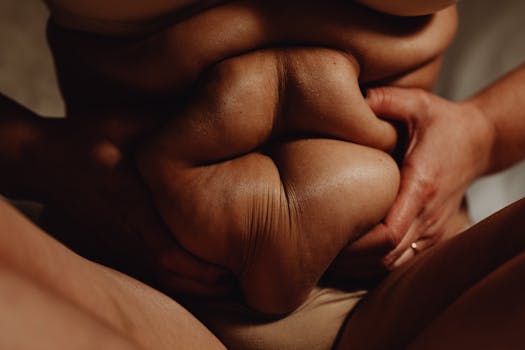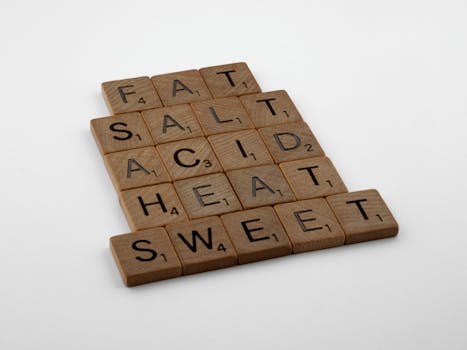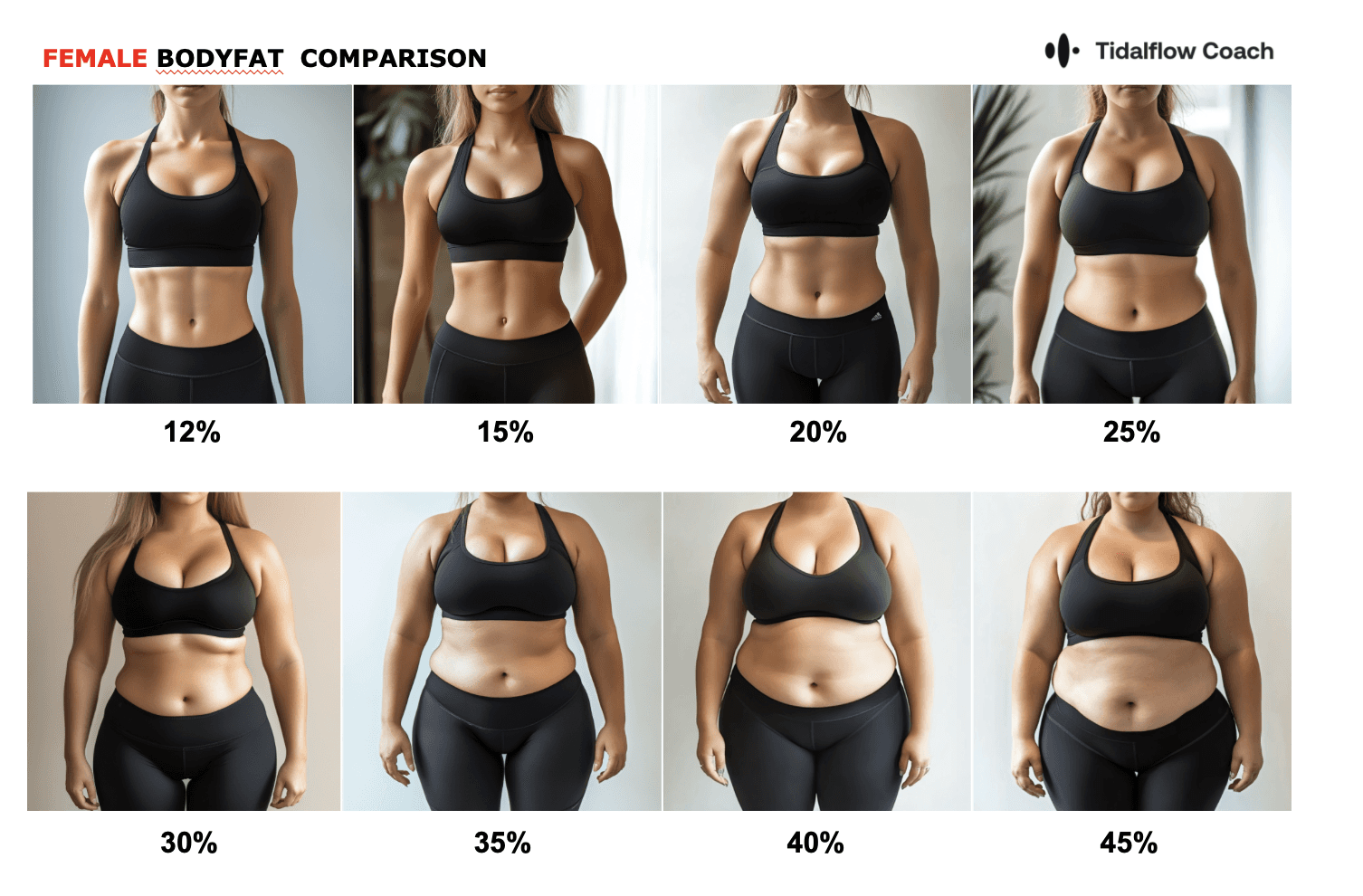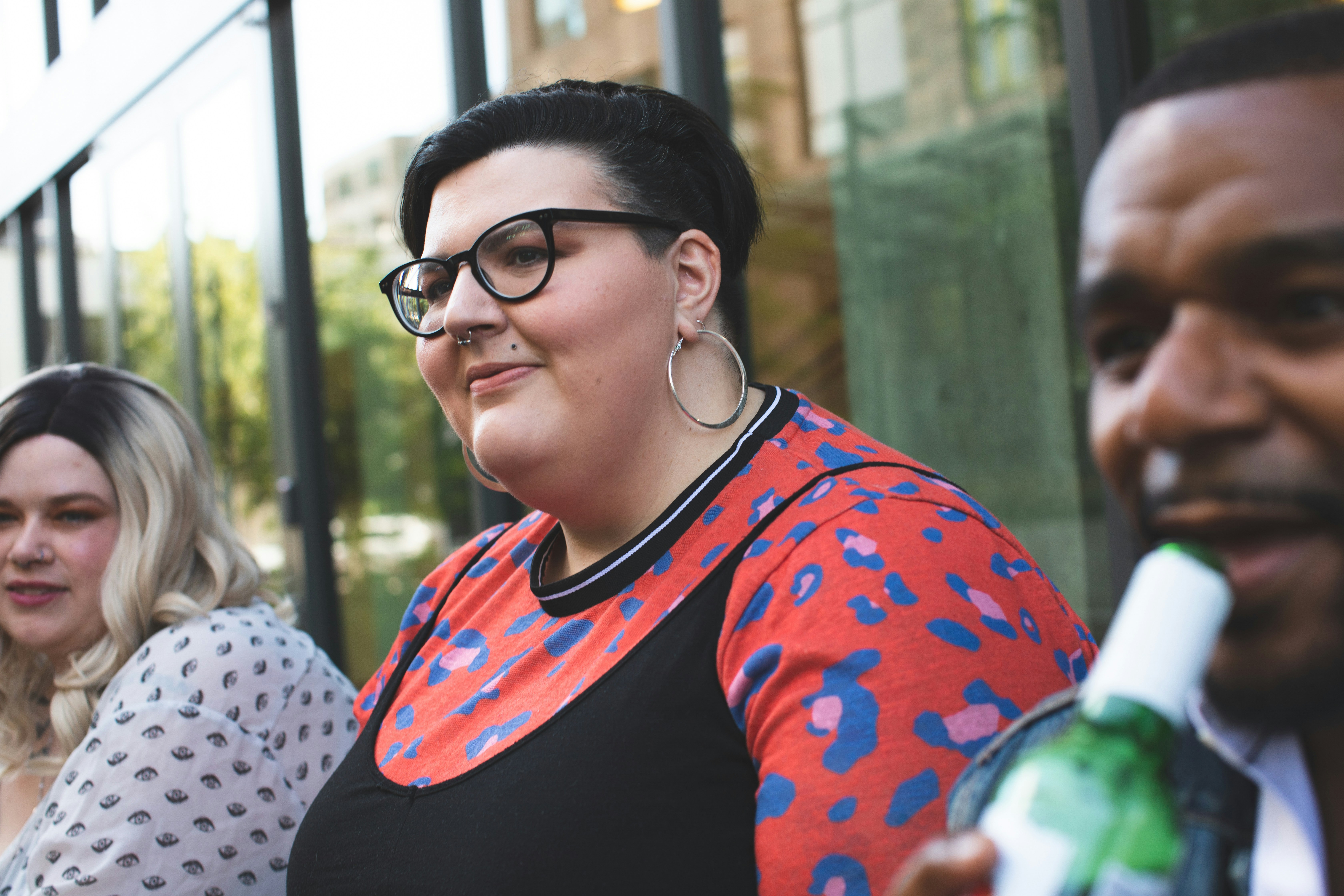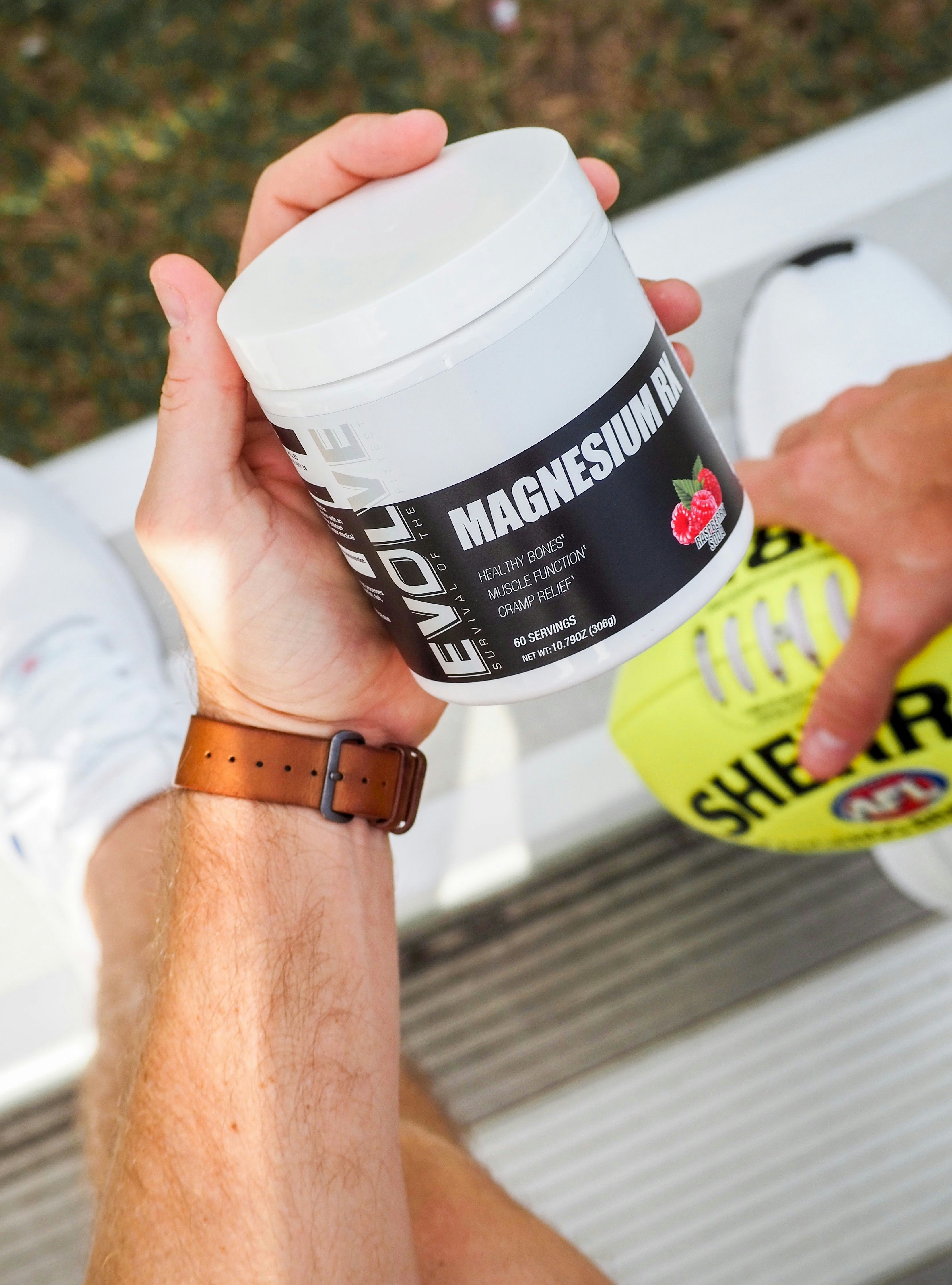Hip Dips: Causes, Exercises, and Embracing Your Body
Sep 27, 2024
What are Hip Dips? Hip dips, also known as violin hips or high hip dips, are the inward curves or indentations that can appear below the hips and above the thighs. These natural contours of the body have recently gained attention in the fitness and body positivity communities, sparking discussions about body image and unrealistic beauty standards.
The Anatomy Behind Hip Dips
Hip dips are primarily a result of your skeletal structure. They occur due to the shape of your pelvis and how it connects to your femur (thigh bone). The prominence of hip dips can vary greatly from person to person, depending on factors such as:
Bone structure
Muscle mass
Fat distribution
Overall body composition
It's important to note that hip dips are a normal anatomical feature and not a sign of being overweight or unfit. In fact, even individuals with very low body fat percentages can have noticeable hip dips.

Are Hip Dips Common?
Hip dips are more common than you might think. Many people have them to some degree, although their visibility can vary. Factors that influence the appearance of hip dips include:
Genetics
Muscle development
Body fat percentage
Clothing choices
It's crucial to remember that having hip dips is entirely normal and doesn't indicate any health issues or fitness level. They're simply a natural part of human anatomy, much like having different eye colors or hair textures.
The Impact of Hip Dips on Body Image
In recent years, social media and certain fitness trends have led to increased awareness and, unfortunately, some misconceptions about hip dips. This has resulted in many people, particularly women, feeling self-conscious about their body shape.
However, it's essential to understand that hip dips are a natural and beautiful part of your body. Embracing your unique shape is an important step towards better body acceptance and overall well-being.
Debunking Hip Dip Myths
Let's address some common misconceptions about hip dips:
Myth: Hip dips are a sign of being overweight. Reality: Hip dips are primarily determined by bone structure, not body fat.
Myth: You can completely eliminate hip dips through exercise. Reality: While building muscle can change your body's appearance, you can't fundamentally alter your bone structure.
Myth: Hip dips are unattractive. Reality: Beauty standards vary across cultures and change over time. Many people find hip dips attractive and unique.
Exercises That Complement Your Natural Shape
While you can't completely eliminate hip dips, certain exercises can help strengthen and tone the muscles around your hips and thighs, potentially minimizing their appearance if that's your goal. However, it's important to approach these exercises with a focus on strength and health rather than trying to "fix" a natural part of your body.
Here are some exercises that can help strengthen the muscles around your hips:
Squats: Regular squats and variations like sumo squats can help build strength in your lower body. Check out our guide on how to perform barbell squats correctly.
Lunges: Forward lunges, reverse lunges, and side lunges all work your hip and thigh muscles. Learn more about proper lunge technique in our barbell lunges guide.
Glute bridges: This exercise targets your glutes and can help build muscle in your hip area. For an advanced version, try the barbell hip thrust.
Side leg raises: These help strengthen your outer thigh muscles. You can progress to more challenging versions like the cable hip abduction.
Clamshells: This exercise targets your outer hips and can be done with a resistance band for added difficulty.
Remember, the goal of these exercises should be to build strength and improve overall fitness, not to try to eliminate a natural part of your body.
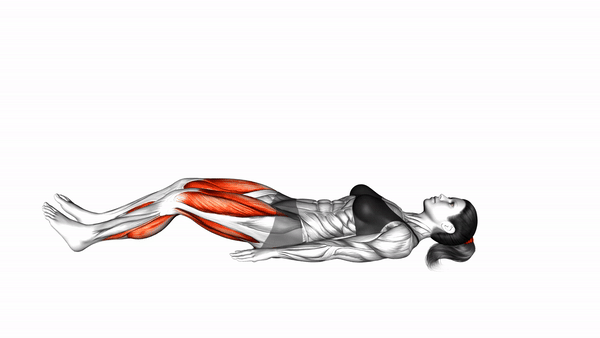
Embracing Your Body: Beyond Hip Dips
While it's natural to have concerns about our bodies, it's crucial to remember that true health and fitness go far beyond appearance. Instead of focusing solely on how your body looks, consider these aspects of overall well-being:
Strength and Functionality
Focus on what your body can do rather than just how it looks. Can you lift heavy objects? Can you run or walk comfortably? Can you play with your kids or pets without getting tired? These functional aspects of fitness are far more important than any aesthetic concerns.
Mental Health
Physical exercise has tremendous benefits for mental health. Regular workouts can help reduce stress, improve mood, and boost self-esteem. Our guide on managing stress with fitness provides more insights into this connection.
Overall Health
A balanced diet and regular exercise contribute to overall health, reducing the risk of various diseases and improving quality of life. Remember, health looks different on everyone, and it's not determined by the presence or absence of hip dips.
Cultivating Body Positivity
Developing a positive relationship with your body is a journey, and it's okay if it takes time. Here are some steps you can take:
Practice positive self-talk: Instead of criticizing your hip dips, appreciate your body for all it does for you.
Follow diverse body-positive accounts on social media: Seeing a variety of body types can help normalize different shapes and sizes.
Focus on how you feel, not just how you look: Pay attention to your energy levels, strength, and overall well-being.
Wear clothes that make you feel comfortable and confident: Don't let perceived "flaws" dictate your wardrobe choices.
Remember that your worth is not determined by your appearance: You are so much more than your body shape.

The Role of Nutrition in Body Composition
While nutrition won't change the fundamental structure of your hip dips, a balanced diet can support overall health and body composition. Here are some key points to consider:
Protein: Adequate protein intake is crucial for building and maintaining muscle mass. Our nutrition guide provides more information on balanced eating for fitness.
Healthy fats: Don't shy away from healthy fats. They're essential for hormone production and overall health.
Complex carbohydrates: These provide energy for your workouts and daily activities.
Hydration: Proper hydration is crucial for overall health and can help your skin look its best.
Remember, there's no specific diet that will "fix" hip dips. Instead, focus on nourishing your body with a variety of nutrient-dense foods.
The Importance of Personalized Fitness
Everyone's body is unique, and what works for one person may not work for another. That's why personalized fitness plans are so valuable. At Tidalflow, we understand the importance of tailored workout routines that consider your individual body structure, fitness goals, and lifestyle.
Our AI-powered personal trainer can help you develop a fitness plan that focuses on your overall health and strength, rather than trying to change natural aspects of your body like hip dips. Whether your goal is to build strength, improve cardiovascular health, or enhance flexibility, we can create a personalized plan just for you.
Conclusion: Celebrating Your Unique Body
Hip dips are a natural and beautiful part of many people's bodies. Instead of viewing them as a flaw to be corrected, we encourage you to see them as part of what makes you unique. Focus on overall health, strength, and well-being rather than trying to achieve an unrealistic ideal.
Remember, true fitness is about feeling good in your body, having the energy to do the things you love, and maintaining long-term health. It's not about conforming to any particular body shape or eliminating natural features like hip dips.
If you're ready to start a fitness journey that celebrates your body while helping you become the healthiest, strongest version of yourself, we're here to help. Check out our personalized fitness plans and start your journey towards holistic health and self-acceptance today.
You should not have to do it all on your own



